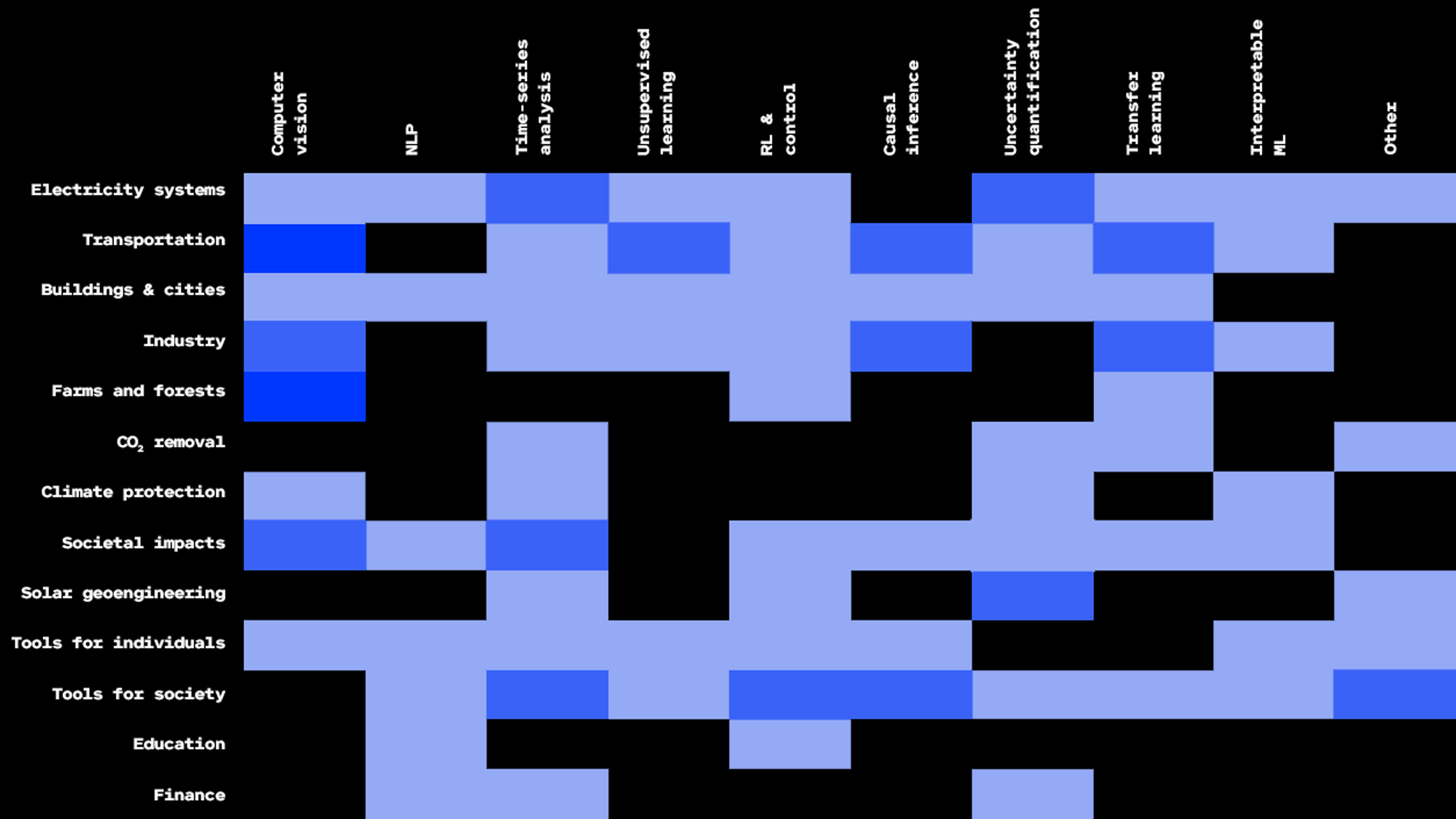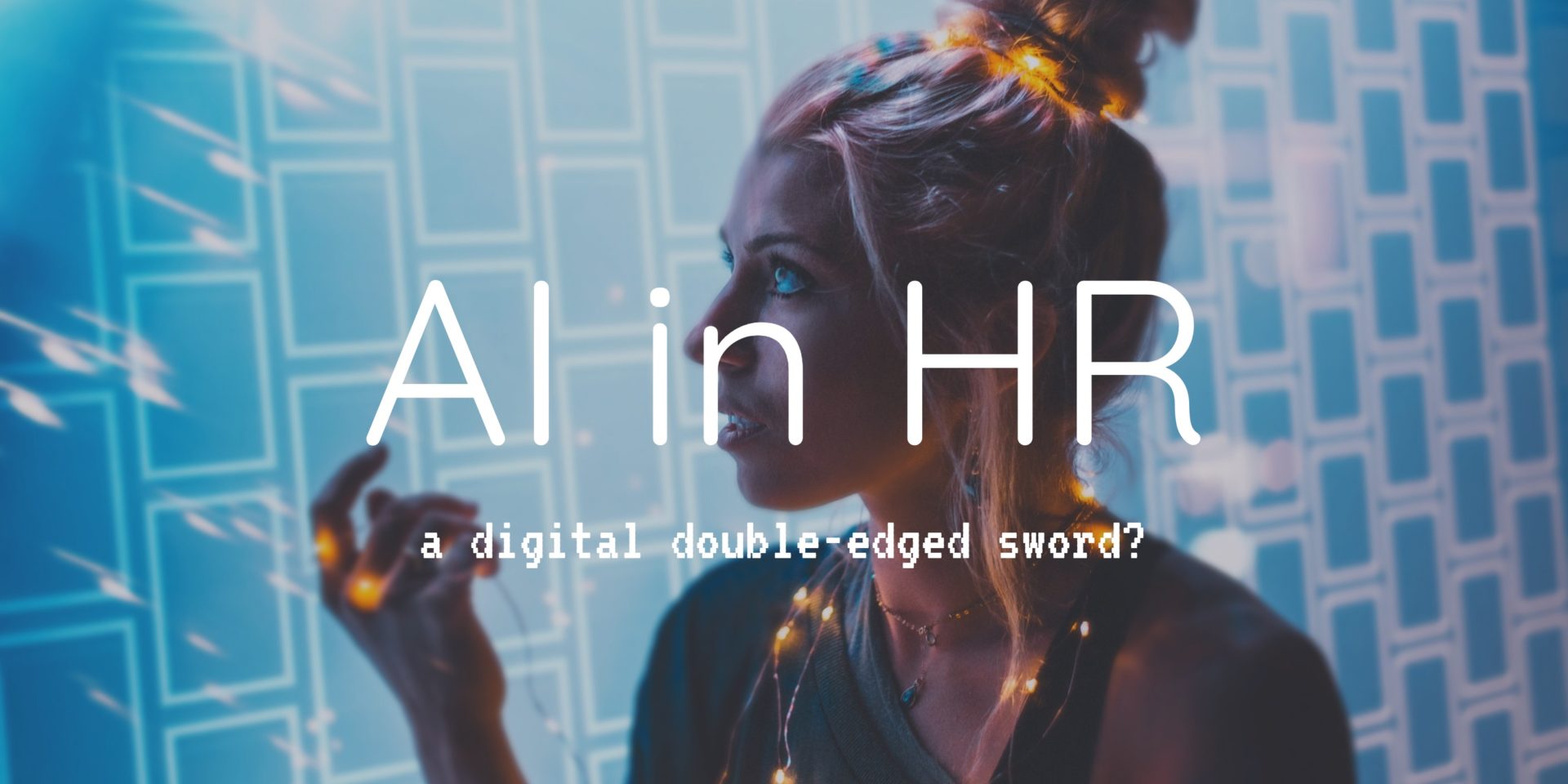
This article examines the ethics and philosophy surrounding Artificial Intelligence (AI), Machine Learning and Artistic Creation. It also explores how AI can be used to improve artistic creation. The discussion was moderated by a panel of experts. During the presentation, student presenters answered questions about the philosophy of AI, the affordances of models, and the agency of AI. This article will also explore the ethical issues and practicalities of AI in the art world.
Artificial Intelligence (AI).
AI has made it possible to create high-performance algorithms and tools. But this is just one benefit. It is also a welcome change for the world of art, opening up a whole new vista of creative possibilities. AI in art and design holds immense potential, a bright future, and will eventually be widely accepted. But, the question is: Will we be able accept it? The answers vary greatly. Some participants think that AI should be acknowledged for its artistic accomplishments.

Machine learning
While we can't say that AI will replace artists, the use of artificial intelligence in art will allow them to work beyond their native capacities. Although artists will still require human artists to perform certain tasks, AI can be a useful tool for digital artists to develop new ideas and improve their skill. This article will show you how AI can help improve your art production process. It is up to artists to decide how AI will improve their work.
Artistic creation
AI tools that can produce art are not brand new. AI artworks have been around since the 1960s. These works focus on the idea and process of creating AI artworks, not the final product. The Lumen Prize was awarded to technology art for "The Butcher's Son". These tools can be used to create artworks that are based on a selection of images by AI artists. The process can be a collaborative effort between artist and machine. AI tools will make art work that has a long-lasting appeal.
Ethics
The ethical questions raised by AI have been an issue for arts and humanities for a long time. The ethical landscape has been impacted by big tech, which has reduced ethics to self-regulation or corporate PR. Arts and humanities need to reclaim a broad conception of ethics in the AI domain. AI will have significant implications for social power, and will have far-reaching consequences on how we live our life. Although many traditions of the humanities remain skeptical about ethics, they must confront the terrible realities of our present.

Effect on creativity
In recent years, artificial intelligence (AI), has been a popular way to create art. Using artificial intelligence to create art can be a great tool for artists of all genres, but some argue that it may not be the best tool for the creative process. Artificial intelligence, also called a virtual assistant, can produce different results than a human artist. In the end, it may be necessary to re-engineer the art creation process to produce the same creative output as the human creator.
FAQ
How does AI work?
It is important to have a basic understanding of computing principles before you can understand how AI works.
Computers keep information in memory. Computers process data based on code-written programs. The code tells a computer what to do next.
An algorithm is a set or instructions that tells the computer how to accomplish a task. These algorithms are usually written as code.
An algorithm is a recipe. An algorithm can contain steps and ingredients. Each step represents a different instruction. For example, one instruction might read "add water into the pot" while another may read "heat pot until boiling."
How does AI work?
An algorithm is a sequence of instructions that instructs a computer to solve a problem. A sequence of steps can be used to express an algorithm. Each step has a condition that determines when it should execute. A computer executes each instruction sequentially until all conditions are met. This repeats until the final outcome is reached.
Let's say, for instance, you want to find 5. It is possible to write down every number between 1-10, calculate the square root for each and then take the average. You could instead use the following formula to write down:
sqrt(x) x^0.5
This is how to square the input, then divide it by 2 and multiply by 0.5.
This is how a computer works. It takes your input, multiplies it with 0.5, divides it again, subtracts 1 then outputs the result.
AI is good or bad?
AI can be viewed both positively and negatively. On the positive side, it allows us to do things faster than ever before. It is no longer necessary to spend hours creating programs that do tasks like word processing or spreadsheets. Instead, we can ask our computers to perform these functions.
On the other side, many fear that AI could eventually replace humans. Many believe robots will one day surpass their creators in intelligence. This may lead to them taking over certain jobs.
Why is AI used?
Artificial intelligence, a field of computer science, deals with the simulation and manipulation of intelligent behavior in practical applications like robotics, natural language processing, gaming, and so on.
AI is also known as machine learning. It is the study and application of algorithms to help machines learn, even if they are not programmed.
AI is often used for the following reasons:
-
To make our lives easier.
-
To be able to do things better than ourselves.
Self-driving car is an example of this. AI can do the driving for you. We no longer need to hire someone to drive us around.
Which are some examples for AI applications?
AI is used in many areas, including finance, healthcare, manufacturing, transportation, energy, education, government, law enforcement, and defense. These are just a handful of examples.
-
Finance – AI is already helping banks detect fraud. AI can scan millions of transactions every day and flag suspicious activity.
-
Healthcare – AI is used in healthcare to detect cancerous cells and recommend treatment options.
-
Manufacturing - AI is used to increase efficiency in factories and reduce costs.
-
Transportation - Self Driving Cars have been successfully demonstrated in California. They are being tested in various parts of the world.
-
Utilities are using AI to monitor power consumption patterns.
-
Education – AI is being used to educate. Students can interact with robots by using their smartphones.
-
Government - AI is being used within governments to help track terrorists, criminals, and missing people.
-
Law Enforcement - AI is used in police investigations. Investigators have the ability to search thousands of hours of CCTV footage in databases.
-
Defense - AI is being used both offensively and defensively. It is possible to hack into enemy computers using AI systems. For defense purposes, AI systems can be used for cyber security to protect military bases.
Statistics
- By using BrainBox AI, commercial buildings can reduce total energy costs by 25% and improves occupant comfort by 60%. (analyticsinsight.net)
- In 2019, AI adoption among large companies increased by 47% compared to 2018, according to the latest Artificial IntelligenceIndex report. (marsner.com)
- A 2021 Pew Research survey revealed that 37 percent of respondents who are more concerned than excited about AI had concerns including job loss, privacy, and AI's potential to “surpass human skills.” (builtin.com)
- That's as many of us that have been in that AI space would say, it's about 70 or 80 percent of the work. (finra.org)
- According to the company's website, more than 800 financial firms use AlphaSense, including some Fortune 500 corporations. (builtin.com)
External Links
How To
How to set-up Amazon Echo Dot
Amazon Echo Dot can be used to control smart home devices, such as lights and fans. To start listening to music and news, you can simply say "Alexa". You can ask questions and send messages, make calls and send messages. Bluetooth speakers or headphones can be used with it (sold separately), so music can be played throughout the house.
You can connect your Alexa-enabled device to your TV via an HDMI cable or wireless adapter. For multiple TVs, you can purchase one wireless adapter for your Echo Dot. You can pair multiple Echos together, so they can work together even though they're not physically in the same room.
These steps will help you set up your Echo Dot.
-
Turn off the Echo Dot
-
The Echo Dot's Ethernet port allows you to connect it to your Wi Fi router. Make sure to turn off the power switch.
-
Open the Alexa App on your smartphone or tablet.
-
Select Echo Dot in the list.
-
Select Add a new device.
-
Select Echo Dot from among the options that appear in the drop-down menu.
-
Follow the screen instructions.
-
When asked, type your name to add to your Echo Dot.
-
Tap Allow access.
-
Wait until the Echo Dot has successfully connected to your Wi-Fi.
-
For all Echo Dots, repeat this process.
-
Enjoy hands-free convenience